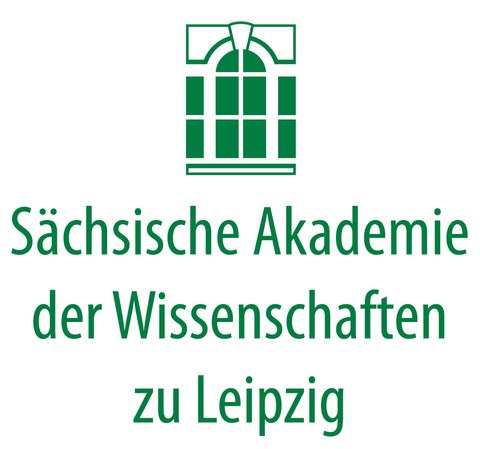St Mary at Helfta. A Monastery in the Networks of its Time (13th to 16th century)
Project lead: Prof. Dr. Mirko Breitenstein
The aim of the project, which will begin in fall 2025, is to comprehensively research the history of St Mary at Helfta Monastery for the first time. The project seeks to investigate both (1) the history of the house itself and (2) its institutional integration within an extremely dense network of relationships with other ecclesiastical institutions and secular rulers.
Such a project is promising and worthwhile in several respects: on the one hand, Helfta's reputation is essentially based on its history, during which the monastery was known not only nationally, but also internationally, as a place of rich mystical thought. In the late 13th century in particular, Helfta was one of the most intellectually influential women's monasteries in Europe, which developed into a center of German women's mysticism, especially under the abbess Gertrud von Hackeborn († 1292). Names such as Mechthild von Magdeburg († 1282), Gertrud von Helfta († 1301/02) and Mechthild von Hackeborn († 1299) still represent the cultural heyday of this place and its community. On the other hand, the Cistercian convent of St Mary at Helfta celebrated the 25th anniversary of its re-founding in 2024, after the convent was dissolved as a result of the Reformation. Although Helfta was not a monastery for more than 450 years, today it is once again an impressive example of a new beginning, and not just for the church. Last but not least, the convent will be able to celebrate the 800th anniversary of its founding in 2029. Given the current complete lack of knowledge about the history of the monastery, its integration into the local environment and the structures of the Cistercian order, a scholarly study of Helfta in preparation for this significant anniversary is urgently needed. Only through systematic and focused research into its past will it be possible to celebrate the 800th anniversary of the monastery as a milestone in a history that also points to the future.
The project is being supervised by the Saxon Academy of Sciences and Humanities. Funding is provided by the state of Saxony-Anhalt.
